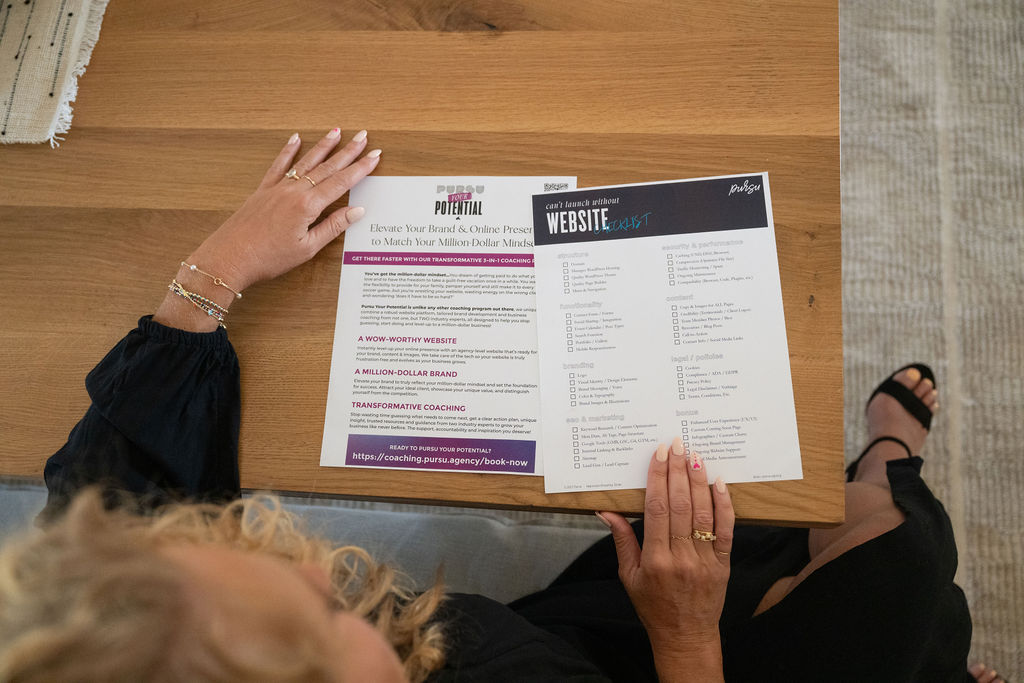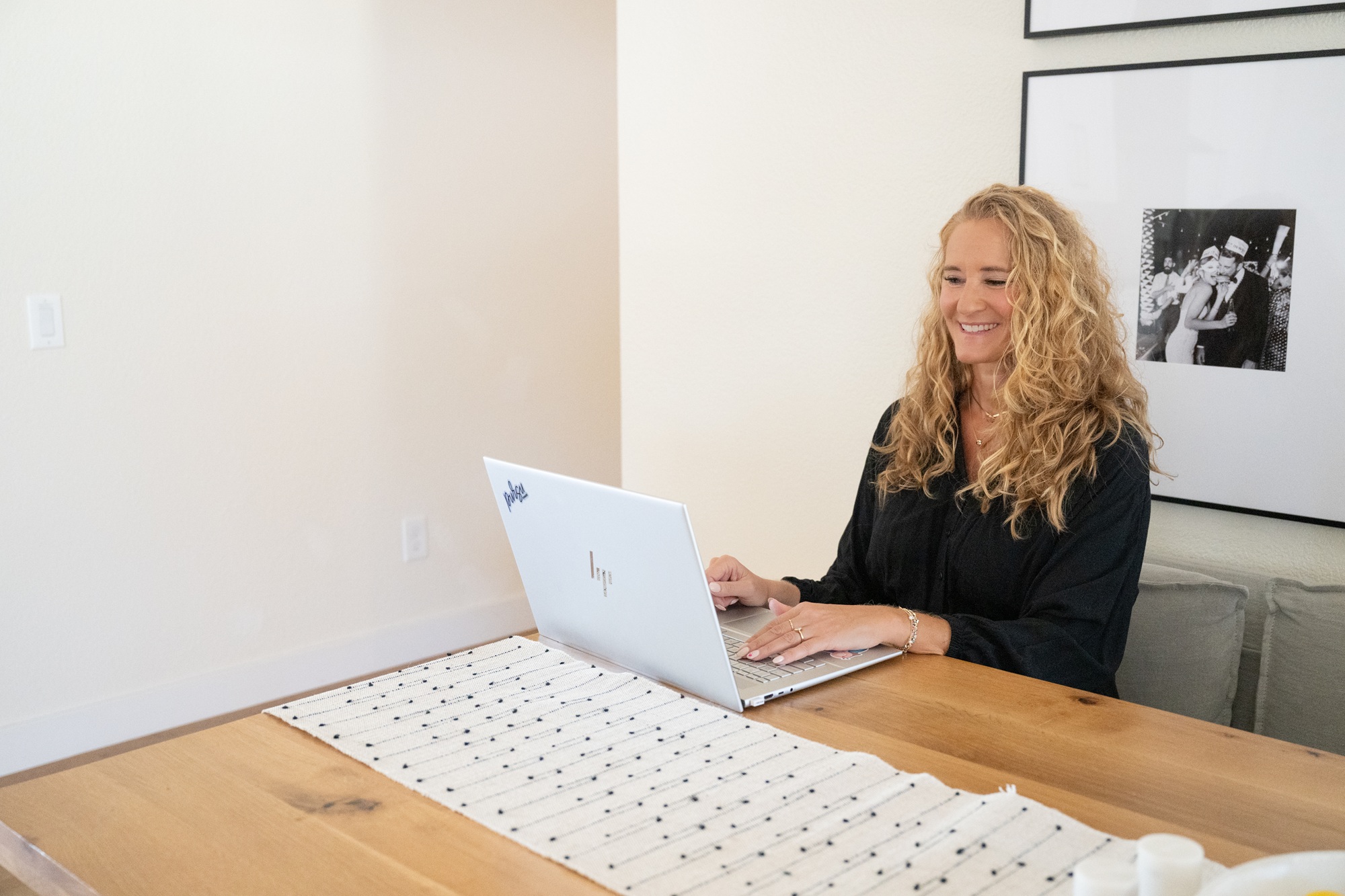How to Compare Web Designers for Your Business Website and What to Avoid Before You Head Down a Costly Path
Choosing the right web designer can make or break your business’s online success. Whether you run a local shop, a startup, or a growing enterprise, your website is your company’s virtual storefront. The right web designer does much more than create attractive layouts—they help you captivate visitors, grow your brand, and support your business goals.
But how do you compare web designers to ensure you’re making the best investment? Not all designers—or web design companies—are created equal. With so many options, varied pricing models, levels of customization, and integration options, the selection process can feel overwhelming.
In this comprehensive guide, we’ll break down every key consideration when choosing a web designer. We’ll look at costs, customization, integration capabilities, quality, the value of strong relationships, ensuring your control over your website, and empowering you and your team to make simple edits on your own. By the end, you’ll be equipped to make a confident, informed decision—one that perfectly matches your business’s needs and future ambitions.
Download our Guide Before Hiring a Web Designer: What you NEED to Know!
Understanding the Real Value of a Great Web Designer
When businesses set out to build or overhaul their website, the first concern is often budget. While cost matters, it’s just one piece of a much larger puzzle. Before jumping into numbers, it is important to understand what a web designer brings to your business:
- First Impressions: Your website is often your first handshake with potential customers.
- Brand Identity: Quality web design conveys your story, values, and professionalism.
- User Experience: A skilled designer ensures your site is easy to navigate, loads quickly, and adapts to all devices.
- Competitive Advantage: Stand out with custom features, integrations, and visual flair unavailable in generic templates.
- Business Growth: The right web presence drives leads, sales, and reputation.
The value of a great designer isn’t just in the pixels—it’s in how those pixels perform. Let’s see how to differentiate the pros from the pack.
Comparing Web Designers: What Businesses Must Evaluate
1. Comparing Web Design Costs: Beyond the Dollar Signs
Never choose a web designer based on price alone. Cheap solutions may look attractive, but often come with hidden costs: limited customization, cumbersome templates, expensive add-ons, outsourcing, or the need to rebuild down the road.
Key cost considerations:
- Fixed vs. hourly pricing: Agencies and freelancers may quote by project, hour, or even ongoing subscription. Compare apples to apples by asking what’s included.
- Upfront versus ongoing fees: Some providers offer a low upfront rate, but charge ongoing maintenance or access fees later.
- Included features: Confirm what is bundled—design, development, hosting, domain, plugins, integrations, support, and revisions.
- Cost of changes and updates: Will your designer charge for every minor edit?
- Contractors included: What expert Contractors are included in your project? Each expert from SEO, copywriting, photography, web development, and design are all unique skills that take years of honing and perfecting. Be careful of the one-stop-shop contractors.
Example: A business owner contracts a bargain designer for $700, but spends $500+ on “unexpected” revisions, security plugins, and mobile optimization. By comparison, a designer quoting $2,000 upfront all-inclusive might offer better value and a smoother project experience.
Tip: Choose clarity over low cost. Ask for detailed proposals and compare scope, not just final numbers. If you’re unsure, ask! – don’t assume all proposals are equal.
2. The Degree of Customization: Templates vs. Tailor-Made
Not all web designers offer the same level of customization.
- Template-based designers often use pre-made layouts. Fast and budget-friendly, but your site may resemble competitors’, and adding unique features can be challenging.
- Custom web designers build from scratch or highly modify frameworks to reflect your brand, voice, and functional needs.
Customization advantages:
- Brand distinction: A bespoke site looks, feels, and functions uniquely for your business.
- Adaptability: Easily add features as your business grows.
- Better integrations: Connect seamlessly with your CRM, email, booking tools, or e-commerce platform.
Comparison: A template site might limit your homepage to a single layout and restrict the colors or widgets you can use. A custom designer will let you decide where each photo goes, how your services are showcased, and how customers interact—turning your vision into reality.
Related Read: “Why Do You Need Custom Website Design for Your Business?” – Bluehost
3. Evaluating Integration Capabilities
Modern businesses rely on a host of digital tools—email marketing, scheduling, chatbots, analytics, e-commerce, and more.
Can your web designer seamlessly integrate these with your website?
- Essential integrations: Think payment gateways, booking software, newsletter sign-ups, social media feeds, and live chat.
- Custom or unique needs: Need something special? Gated content, membership sites, customer portals, or resource libraries require technical expertise.
- Business automations: Think about repetitive tasks and how you can duplicate internal efforts by making your website a tool.
Ensure your web developer:
- Can work with APIs and third-party plugins
- Knows your preferred tools (MailChimp, Shopify, Salesforce, etc.)
- Has experience with backend systems if you need advanced features
Pro Tip: Ask for examples of past integrations, and request references from businesses with similar needs.
4. The Value of Quality and Communication
Website projects aren’t just transactions—they’re partnerships. The best web designers are invested in your long-term success.
Indicators of quality and partnership:
- Know the Team: Ensure access to team members and a collaborative communication and project management system.
- Ensure Expertise: Many companies disguise themselves as “web designers” because they can outsource and hand-off, with little participation. Are they actually web designers, or are they marketers that also “happen” to build websites. This key difference is essential to your final product.
- Portfolio diversity: Review examples in their portfolio that match your industry or ambitions.
- References and testimonials: Look for not only finished sites but feedback about ongoing support.
- Communication style: Are they responsive, clear, transparent, and collaborative?
- Post-launch support: Will they train your team, help with troubleshooting, and act as a resource as your needs evolve?
Real-World Example:
A retail company switched web designers after a bland template site proved too rigid for seasonal promotions and lacked quality support. Their new, relationship-focused designer provided reliable updates, innovative features, and better conversion rates—making the added investment worthwhile.
5. Ensuring Your Control Over Logins and Access
Warning: Not all designers are transparent about website ownership!
It’s your business—you should own your domain, hosting, and site logins. Avoid situations where you can’t make changes, transfer your site, or end a relationship on your terms.
Make sure your web designer:
- Gives you complete admin access to your website
- Sets up domain and hosting in your company’s name
- Clearly lists all relevant credentials at project handoff
This safeguards your business from:
- Unnecessary reliance on the designer for every change
- Costly or complicated migrations
- Security risks and data loss
- Inability to change platforms or contractors
- Potentially starting over
6. The Importance of Easy Edits: Empowerment and Simplicity
After launch, you’ll need to update text, add photos, or post blogs. Can your designer empower your team with simple editing tools—without constant billing?
- User-friendly Content Management Systems (CMS): Platforms like WordPress with page builders enable simple changes with minimal training. Clients of Simply Styled Sites will get personalized access to training tools and videos.
- Training and documentation: A quality designer trains your staff or provides guides.
- Transparent process: No gatekeeping of simple updates.
Comparison Example: One designer offers a drag-and-drop CMS, onboarding session, and video tutorials. Another insists on managing every edit for a fee. Empowerment means control, speed, and cost savings for your team.
7. How Will You Help Me Prepare for Future Growth?
A truly valuable designer doesn’t just deliver your site—they empower you for ongoing success and stay connected.
Signs of a Long-Term Partner:
- Training: Will they show you how to update your content and images?
- Guidance: Will they advise you on best practices as your business evolves?
- Relationship-building: Are they interested in being part of your growth story?
- Implement New Content & Ideas: As new products and offerings become available, they help keep the site current and relevant.
- Data Implementation: They implement tools like heat maps and google analytics to understand your user’s behaviors and analyze and modify over time for optimal UX and conversion.
Real-World Example: Businesses that maintain relationships with their web designer often benefit from new marketing ideas, technology updates, and smooth site refreshes as trends change.
 How to Evaluate Web Designers: Step-by-Step Comparison
How to Evaluate Web Designers: Step-by-Step Comparison
1. Define Your Must-Haves
List your essentials:
- Budget and ideal timeline
- Required integrations
- Style preferences and branding
- Security and access protocols
- SEO and performance
- Ongoing maintenance and longevity
2. Research and Shortlist Candidates
- Seek recommendations, browse portfolios, and read reviews. Look for a match in design capabilities, communication, and technical skills.
3. Evaluate Proposals Thoroughly
Request detailed proposals outlining:
- Project scope and deliverables
- Pricing models (and any additional fees)
- Flexibility
- Level of customization
- Timeline and communication plan
- Ownership and training details
4. Ask the Right Questions
- Who owns the website, domain, and hosting?
- Who will I work with?
- Can I make edits myself? Will you train us?
- How do you approach security, backups, and data protection?
- Can you showcase integrations similar to what I need?
- What happens if I want to switch providers or platforms down the line?
5. Weigh Long-Term Value Over Immediate Costs
- Consider the total impact—from first impression to ongoing flexibility.
- Will a slightly higher upfront investment lead to greater ROI in quality, efficiency, and trust?
Red Flags to Watch Out For
- No clear breakdown of costs or scope
- Lack of transparency and access to team members
- Reluctance to provide access or ownership or assets or licenses
- Unwillingness to empower your staff to make simple changes
- Overly template-based solutions unless that is your clear preference
- Lack of communication or poor client reviews
- Niche-based services that offer one-stop-shops
Frequently Asked Questions
How much should a business expect to pay for a new website?
Costs vary widely—from $1,900 for starter sites, up to $10,000+ for highly customized business platforms. Always request an itemized quote including all features, integrations, ownership rights, and post-launch support.
What are the risks of using a cheap web designer or template-only service?
Lower-priced designers may cut corners on customization, search engine optimization, integrations, compliance, and security. Businesses often end up paying more in revisions, upgrades, or future redesigns that would have been unnecessary with a quality provider.
How important is owning my website and logins?
Business control is essential! Always insist on admin access and keep records of your domain, hosting, and site credentials. Lack of ownership can lead to downtime, forced reliance, or additional costs when switching providers.
Can I update my site after it’s launched?
A trustworthy web designer implements user-friendly tools (like WordPress with a simple page builder) and provides training. You should be able to change text, swap images, or add pages without expert help for most routine updates.
How do I know if a web designer is a good fit for my business?
Assess their portfolio, ask for client references, discuss your business goals, evaluate their communication style, and clarify all technical and contractual details upfront. A good fit will champion your vision and values—not just deliver a website.
Key Takeaways
- Cost is just one factor: Compare value and partnership, not just price tags.
- Customization delivers impact: Stand out and scale with tailored solutions.
- Integrations matter: Sync your business tools with your website from day one.
- Ownership is non-negotiable: Never compromise on control over your web assets.
- Empowerment fuels growth: Choose a designer who enables you to make simple updates.
- Quality and relationships pay off: Partner with a designer invested in your long-term success.
Conclusion: Partner with a Web Designer Who Puts Your Business First
Selecting the right web designer is an investment in your business’s future – not just a single project. The right partner will enhance your brand, integrate your essential tools, empower your team, and support your long-term growth. Don’t settle for cookie-cutter solutions or unclear contracts. Prioritize expertise, communication, and empowerment.
At Simply Styled Sites, our passion is helping businesses shine online—with transparent pricing, custom solutions, seamless integrations, and a partnership approach that puts you in control of your digital presence.
Get started building your website with confidence.
Contact simply styled sites today for a free consultation, or see our full range of web design services on our services page.









